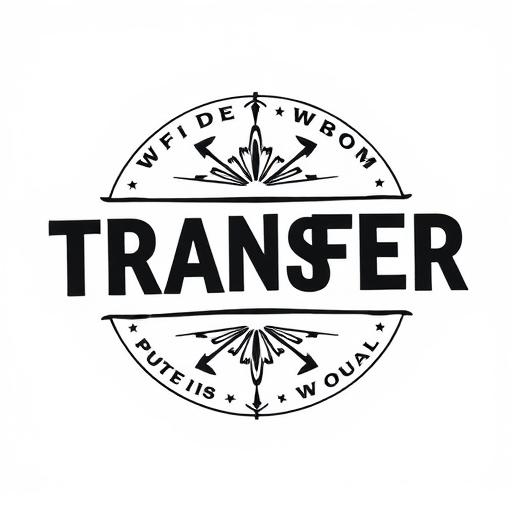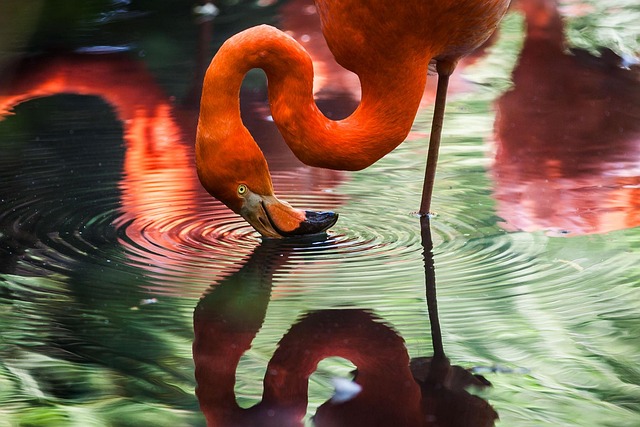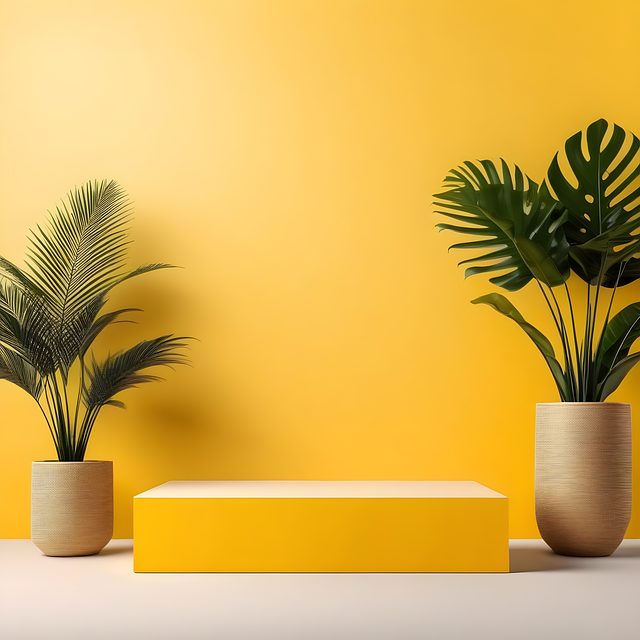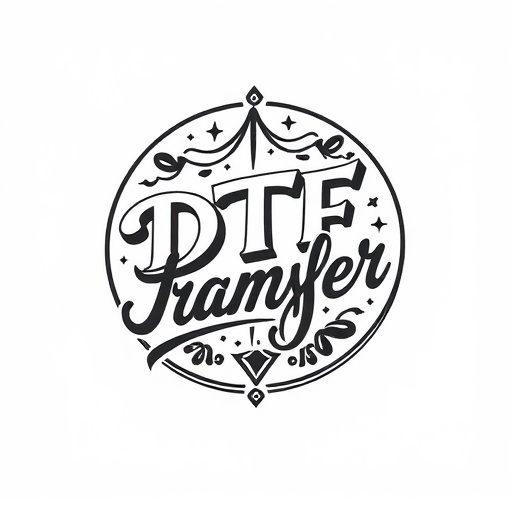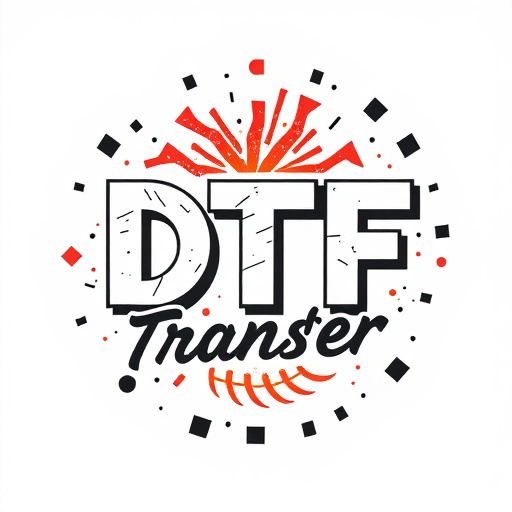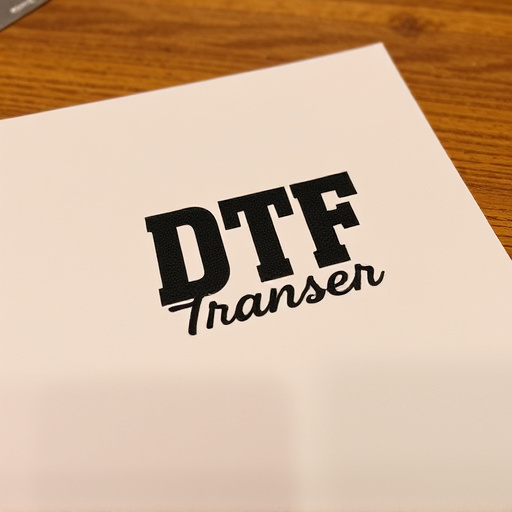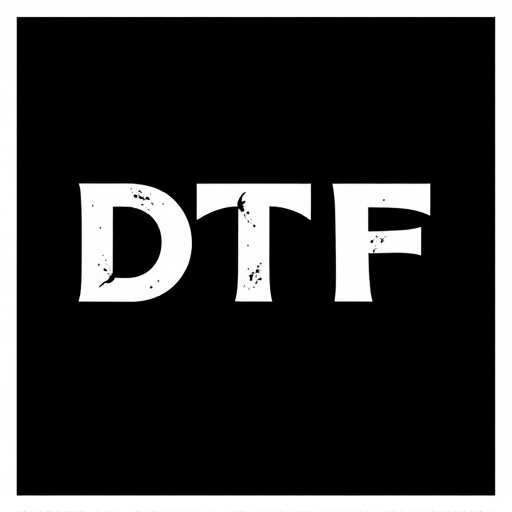DTF (Direct-To-Film) Transfer Sheets are a cutting-edge technology enabling high-quality prints on diverse materials. Users design artwork with specialized software, ensuring intricate details, then cure the ink with UV light. DTF offers unparalleled versatility for creative projects like apparel customization, personalized gifts, and home decor. The process involves specific software, file preparation, and material selection to achieve vibrant, detailed designs on various surfaces, revolutionizing industries from fashion to signage.
Introducing our comprehensive guide to DTF Transfer Sheets—a game-changer for businesses and creators looking to enhance their printing capabilities. Discover how these multi-design transfer sheets offer endless customization options for DTF Printing, allowing you to create unique, vibrant DTF Prints on a variety of surfaces. From understanding the basics of DTF Transfer to real-world applications, this article covers everything you need to know to master this innovative printing technique.
- Understanding DTF Transfer Sheets: A Comprehensive Guide
- The Benefits of Using Multi-Design Transfer Sheets
- How to Create Custom Designs for DTF Printing
- Choosing the Right Materials and Equipment for DTF Prints
- Step-by-Step Process of Designing and Printing with DTF
- Real-World Applications and Success Stories of DTF Transfer
Understanding DTF Transfer Sheets: A Comprehensive Guide

DTF (Direct-To-Film) Transfer Sheets are a game-changer for customers looking to personalize and create unique designs. This innovative technology allows users to produce high-quality prints directly onto various materials, opening up a world of creative possibilities. Each DTF transfer sheet is designed to be versatile, compatible with multiple surfaces like cotton, polyester, and even wood, making it an ideal choice for a range of projects.
With DTF Printing, the process is straightforward yet precise. Users can design their artwork using specialized software, ensuring intricate details are captured accurately. The printed DTF sheets are then cured under a UV light, turning the ink into a durable, heat-transferrable film. This versatile medium enables customers to transform their ideas into reality, whether it’s customizing apparel, creating personalized gifts, or even adding unique touches to home decor items, offering an endless array of creative opportunities with just one advanced printing technology.
The Benefits of Using Multi-Design Transfer Sheets
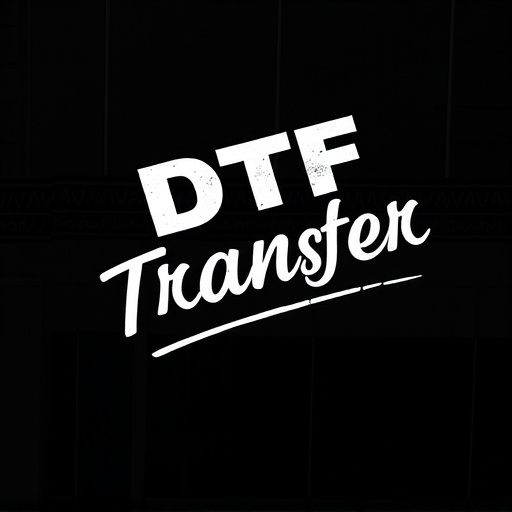
Using multi-design transfer sheets, like DTF (Direct to Fabric) transfers, offers a multitude of advantages for both businesses and customers in the printing industry. One of the key benefits is its versatility; DTF Printing allows users to create complex and intricate designs with ease. Unlike traditional methods, it enables the production of detailed prints on various fabrics, opening up a world of creative possibilities. This technology ensures that customers can personalise their products with unique artwork, making each piece stand out.
Additionally, DTF Transfer sheets streamline the printing process, enhancing efficiency and productivity. They provide consistent quality results, ensuring every print looks as intended, regardless of the scale or complexity of the design. Moreover, these transfer sheets are suitable for a wide range of fabrics, allowing businesses to cater to diverse customer preferences. This versatility in fabric options means that more styles and products can be offered, appealing to a broader market.
How to Create Custom Designs for DTF Printing
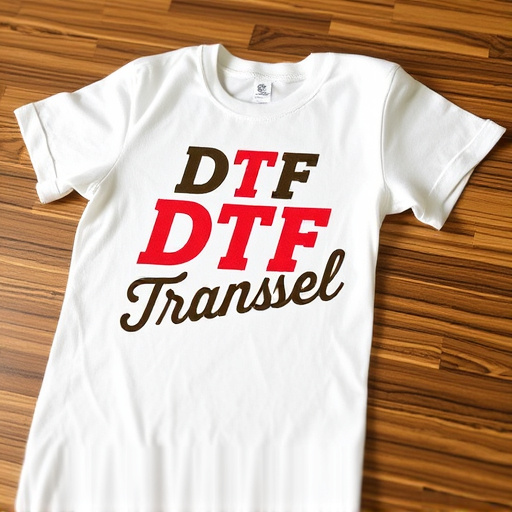
Creating custom designs for DTF (Direct to Film) printing is a straightforward process that allows customers to bring their unique ideas to life. The first step involves using design software capable of handling high-resolution graphics, such as Adobe Illustrator or CorelDRAW. Users can start by sketching out their concept or importing existing artwork. It’s essential to ensure the design meets the required specifications for DTF transfers, including suitable color schemes and resolution.
Once the design is finalized, it’s time to prepare the file for printing. This includes setting the correct color mode (CMYK), ensuring smooth outlines, and adjusting transparency if needed. The design should be saved in a compatible format like SVG or EPS. After preparation, customers can upload their designs to the designated platform, where they will be converted into DTF transfer sheets, ready to be printed and applied to various surfaces.
Choosing the Right Materials and Equipment for DTF Prints
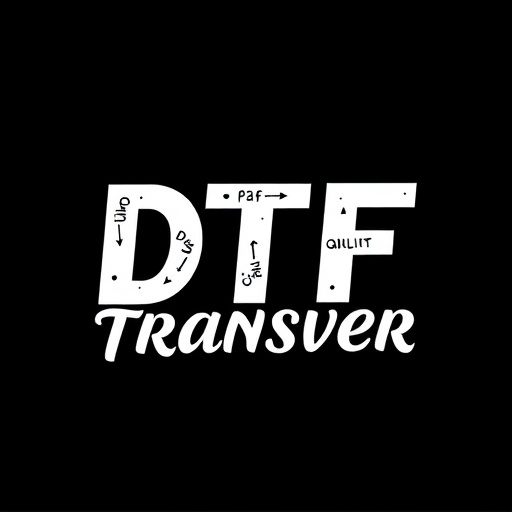
When it comes to creating multi-design transfer sheets with DTF (Direct to Film) printing, selecting the appropriate materials and equipment is paramount for achieving high-quality results. The first step involves choosing a suitable DTF transfer film that aligns with your desired print quality and design complexity. Different films offer various levels of durability, gloss, and opacity, each catering to specific application needs. For instance, a matte finish might be ideal for intricate designs requiring fine details, while a glossy finish could enhance vibrant colors in more straightforward patterns.
Additionally, investing in top-tier DTF printers is crucial. These printers are designed to handle the precision and speed required for multi-design transfer sheets. Look for models featuring advanced settings that allow you to customize parameters like print resolution, ink density, and drying options. High-performance printers can produce crisp, detailed prints while ensuring color accuracy across various designs. Moreover, consider the type of inks used; solvent-based inks offer versatility but may require specific cleaning routines, whereas eco-solvent or UV curable inks have their advantages in terms of quick drying and durability.
Step-by-Step Process of Designing and Printing with DTF
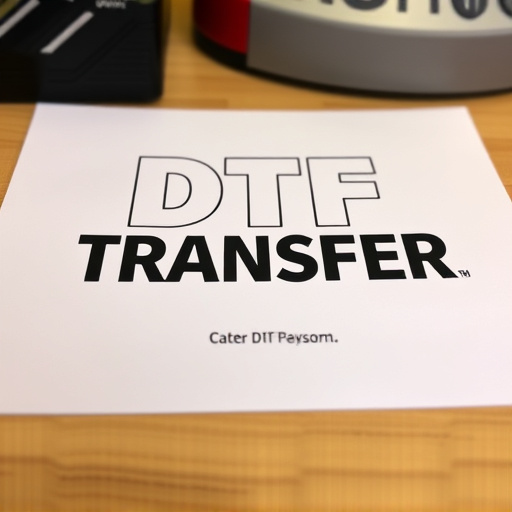
Creating custom transfer sheets using Direct-to-Garment (DTF) technology is a straightforward process that allows customers to design and print their unique creations. Here’s a step-by-step guide to help you navigate this innovative method:
1. Design Creation: Start by selecting your preferred graphic design software, which could be anything from simple illustration tools to advanced vector editing programs. Create or import your desired design, ensuring it adheres to the recommended dimensions and resolution for DTF printing. Play with colors, add text, and customize the artwork according to your vision.
2. Preparing for Print: Once your design is ready, save it in a compatible format (e.g., SVG, PDF). Next, use DTF-specific print software or plugins to convert your design into a format suitable for the printing process. This step ensures that your image will be precisely transferred onto the transfer sheet. Adjust settings like exposure and color profiles according to your desired outcome.
3. Printing: Load the prepared design onto your DTF printer, ensuring proper alignment and positioning. The printer will then lay down a thin layer of ink directly onto the transfer sheet, creating a high-quality print that mimics screen printing. This method is ideal for producing vibrant, detailed designs, especially on larger surfaces.
4. Curing and Cutting: After printing, allow the ink to cure completely according to the manufacturer’s instructions. Then, carefully cut out the design from the transfer sheet using precision tools or a cutting plotter. Ensure clean edges for optimal results when applying the transfer to your desired substrate.
Real-World Applications and Success Stories of DTF Transfer
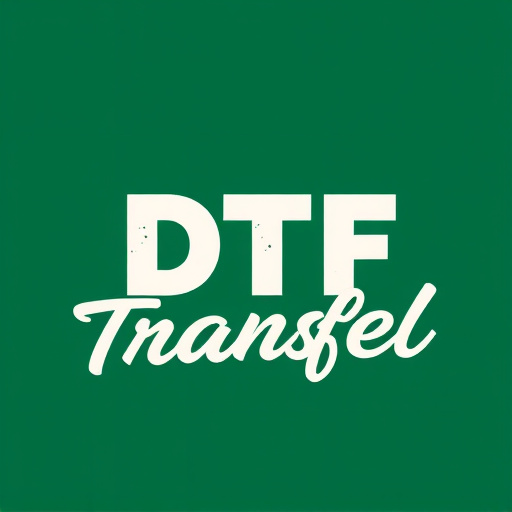
In various industries, DTF (Direct-to-Film) Transfer has found real-world applications, revolutionizing printing processes and enhancing product personalization. This technology enables customers to create multi-design transfer sheets, opening doors for innovative customization options. From fashion and apparel to signage and advertising, DTF Printing offers a game-changing solution. Brands can now effortlessly incorporate unique designs onto various materials, from textiles to acrylics, in record time.
Success stories abound, with businesses witnessing increased efficiency and customer satisfaction. For instance, clothing manufacturers utilize DTF Transfer to offer made-to-order services, allowing clients to customize their garments with intricate patterns and graphics. Similarly, sign makers appreciate the speed and precision of DTF Prints for producing high-quality, custom signs and displays. This versatile technology has proven its worth in diverse sectors, ensuring businesses stay ahead in a competitive market by delivering exceptional, personalized products.


